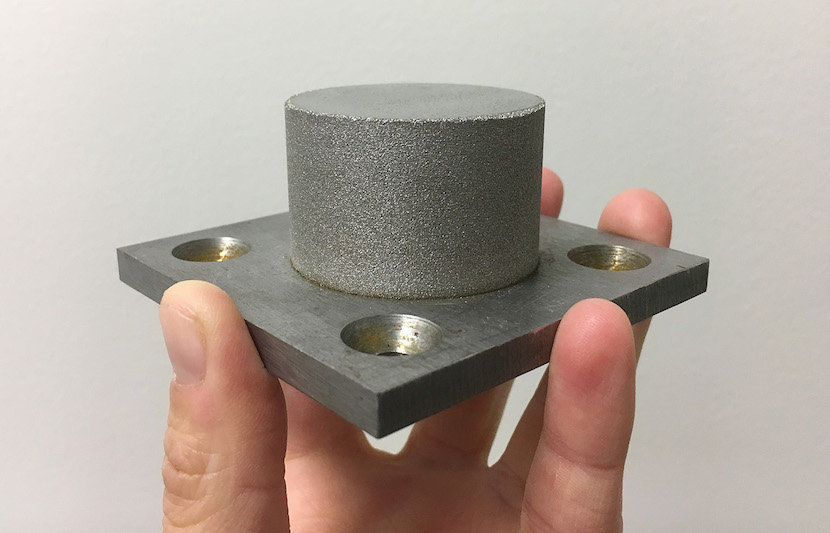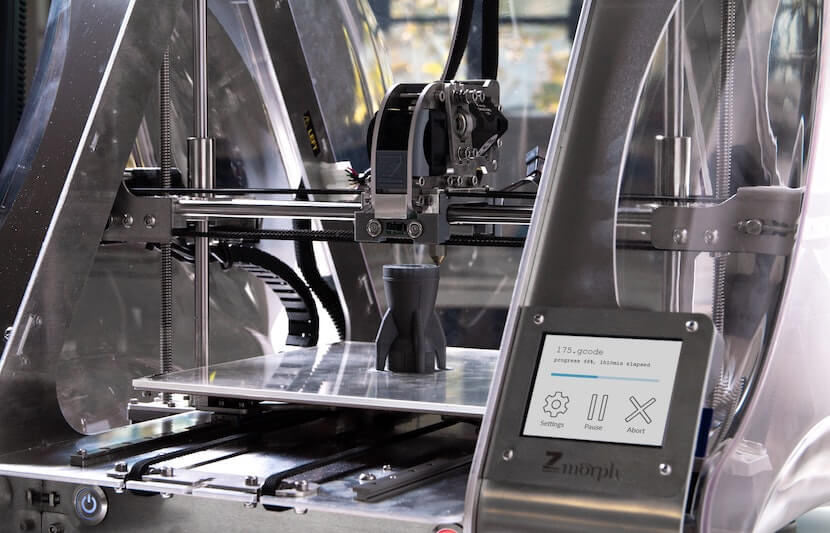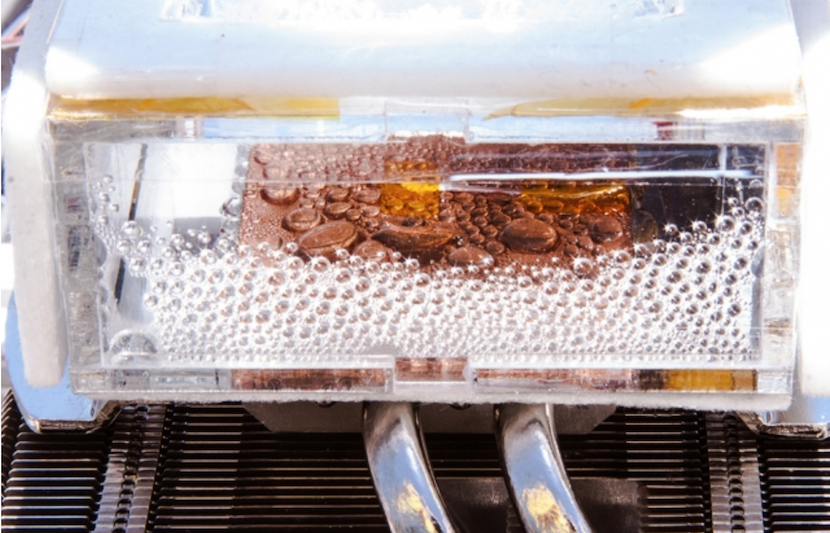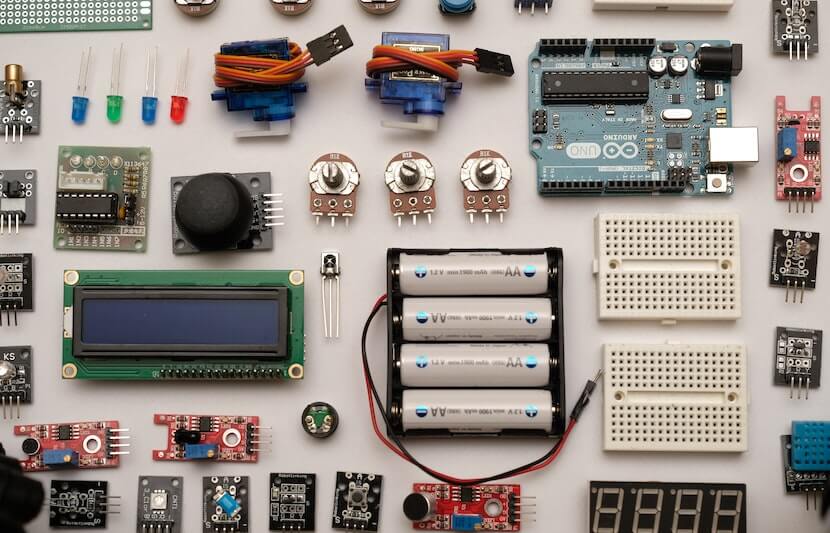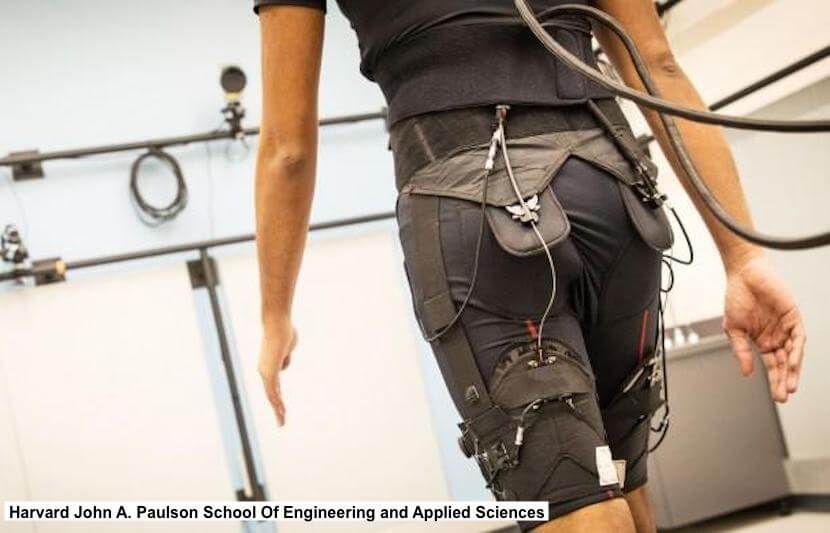-
Ancient Paper Art to Spur Development of Smart Clothing
Inspired by the ancient Japanese paper art of kirigami, a team of researchers from the University at Buffalo (UB) has developed a method to create flexible electronic materials made of polymers and nanowires. This new technique could lead to improvements in smart clothing, bendable display screens, electronic paper, and other applications that require malleable circuitry.… Read More
-
Beetles and Plants Inspire Efficient Water-Harvesting Technology
A team of researchers from the University of Texas at Dallas and Penn State University has developed a surface that can rapidly collect water molecules from fog and air vapor and direct them toward a reservoir along lubricated microgrooves. The researchers drew inspiration for the design of their “hydrophilic directional slippery surface,” or SRS, from… Read More
-
Device Decodes Body Language Using Infrared Light
A team of researchers from the University of Cambridge and Dartmouth College has developed a new device that uses infrared light to monitor how body language impacts social interactions. Because body language influences many aspects of people’s lives, including job interviews, doctor-patient conversations and group projects, many people have tried to study them through video… Read More
-
MIT Engineers Figure Out How to Turn Plastic Into Heat Conductor
It may sound counterintuitive, but researchers at MIT have used plastic, commonly known as a material for heat insulator, to develop the next-generation heat conductor. “Nowadays heat dissipation is an increasingly critical challenge for integrated devices that continue to miniaturize towards nanoscale,” said Yanfei Xu, postdoc in MIT’s Department of Mechanical Engineering and co-lead author… Read More
-
Scientists Develop Model to Ease Air Traffic Congestion Without Sacrificing Equity
Researchers from Dartmouth College and Carnegie Mellon University have developed a new model for airport flight scheduling that promises to manage air traffic congestion without systematically favoring certain airlines over others. At the busiest airports, the combination of low capacity and heavy air traffic is a major cause of delays in the U.S., costing over… Read More
-
New Laser Device Paves Way for Diagnosing Diseases Through Breath Analysis
A team of researchers led by the University of Central Florida (UCF) has developed an infrared laser device capable of detecting any molecule in the air. With this device, people can look for traces of air pollution, global warming gases and chemical agents, conduct medical breath analyses, and even use the device to look for… Read More
-
New 3D Printing Method of Metallic Glass Alloys Opens Door to More Efficient Electric Motors
Researchers at North Carolina State University have developed a method to print large amounts of metallic glass alloys using 3D technology. This new technique could aid in the construction of more efficient electric motors, higher strength materials, lighter weight structures, better wear-resistant materials, and more. The full paper is published in the journal Applied Materials… Read More
-
Advancing the Manufacture of Stretchable Electronics and Soft Robots
A research team from the Collaborative Robotics and Intelligent Systems Institute at Oregon State University’s College of Engineering have developed a method for modified, 3D-printable metal alloy. This development could lead to the rapid manufacture of stretchable electronics, including flexible computer screens and soft robots. The study is published in the journal Advanced Materials Technologies.… Read More
-
Study Proves MIT Device Can Extract Water From Dry Air
In recent field tests, MIT researchers have proven that their new device can indeed pull water from desert air. This new device, powered by sunlight, would be a godsend to areas with hot arid climate and drought-stricken regions around the world once the researchers scale up their technology. The study is published in the journal… Read More
-
3D Virtual Tour Through Rock Unlocks Fossil Mystery
A team of geoscientists at Princeton University has developed a method to create three-dimensional digital images of deconstructed rock samples that can be viewed from any angle. Algorithms, developed by the team, allow the computer to segment the images without human bias. Close to five years ago Adam Maloof, an associate professor of geoscience, collaborated… Read More
-
Seeing the Invisible with Stanford’s Laser-Based Imaging Technique
A team of researchers from Stanford University has developed a laser-based imaging technique that makes it possible to see objects hidden around corners. The researchers are currently focused on applying this technique to self-driving cars, some of which are already capable of sensing what’s around the car, but there are other applications, such as seeing… Read More
-
Near-Death Experience Inspires Hybrid Technology for Cheaper, Longer-Lasting Batteries
A pair of researchers at The University of Toledo (UT) have developed an energy storage system that increases the longevity and performance of battery packs in electric vehicles, satellites, planes, grid stations, and more. The research is published in Batteries, an international journal, and was presented at the Advanced Design and Manufacturing Expo at the… Read More
-
Tailoring Wearable Devices to Maximize User Benefit
Researchers from the Harvard John A. Paulson School of Engineering and Applied and Sciences (SEAS) and the Wyss Institute for Biologically Inspired Engineering have developed a machine learning algorithm that helps wearable exosuits conform to individual motion habits. For an exosuit to effectively serve its purpose, it must be perfectly tailored to fit its user’s… Read More
-
Simple Password Guidance Can Significantly Improve Account Security
A simple and effective way to make internet accounts more secure and harder to crack is by offering detailed support and guidance to technology users when creating account passwords, according to a joint study by researchers from the University of Plymouth in the UK, McGill University in Canada, and Purdue University. The paper is published… Read More
-
Social Media Does Not Displace Face-to-Face Social Interactions
Contrary to popular belief, recent research suggests that social media is not replacing face-to-face contact with family and friends. The study is published in Information, Communication & Society. Fears of Social Displacement For many years, people have worried that social media is replacing human contact. Supporters of this belief poked at the irony: despite its… Read More








